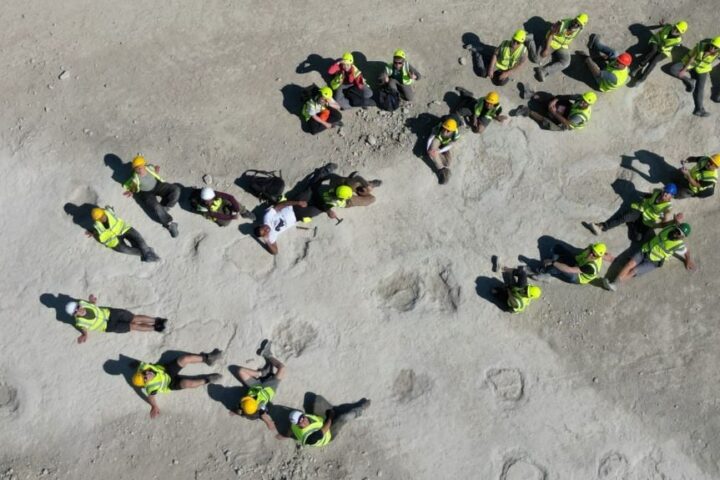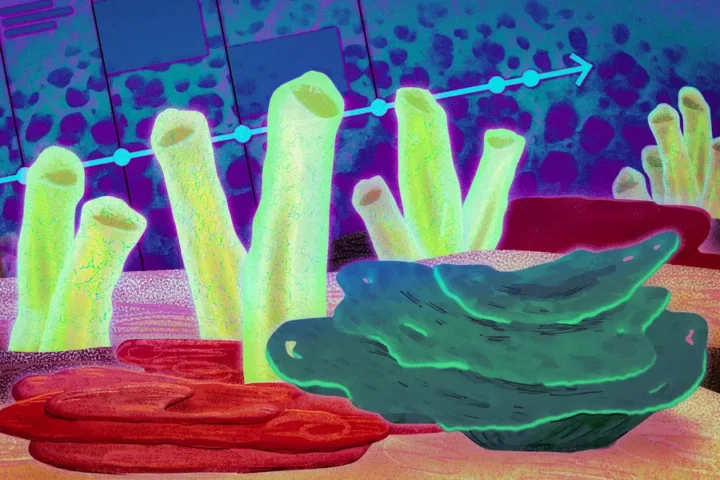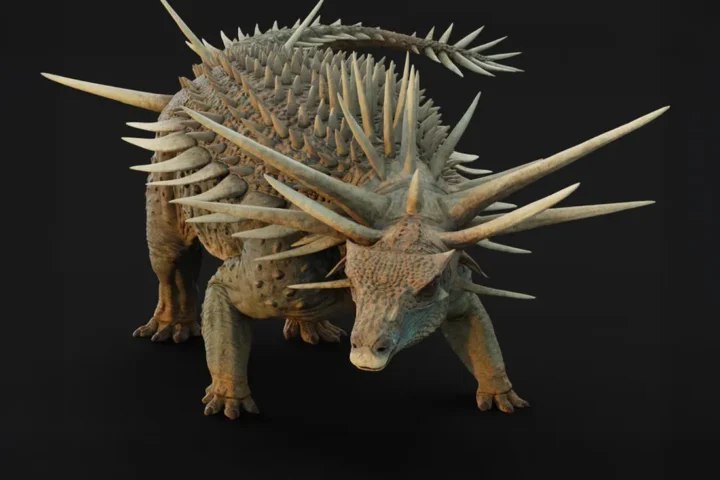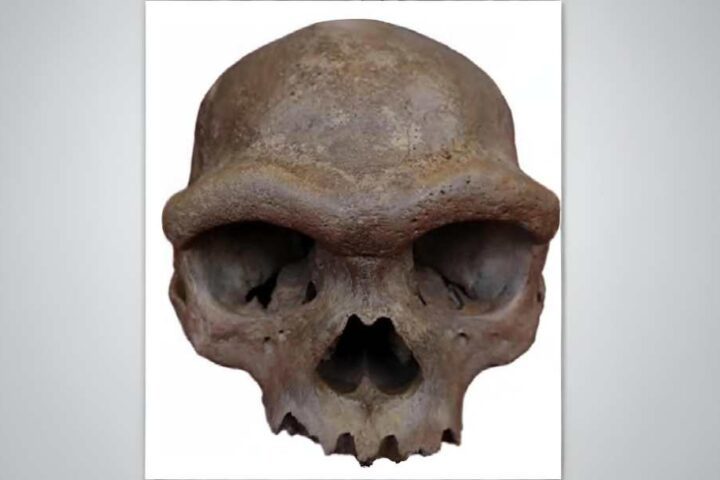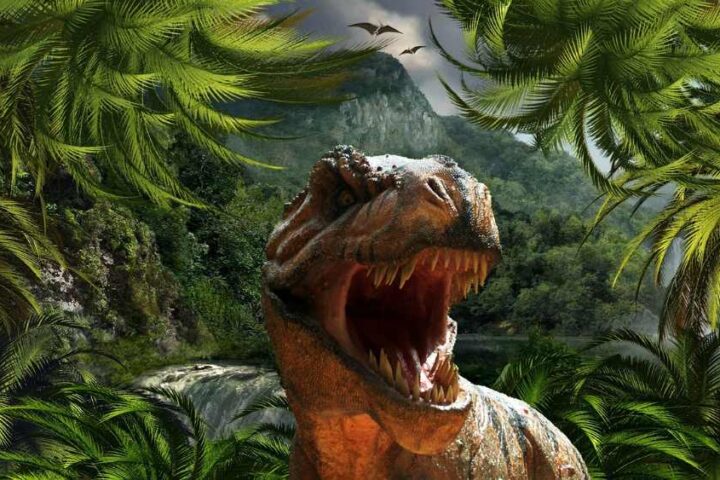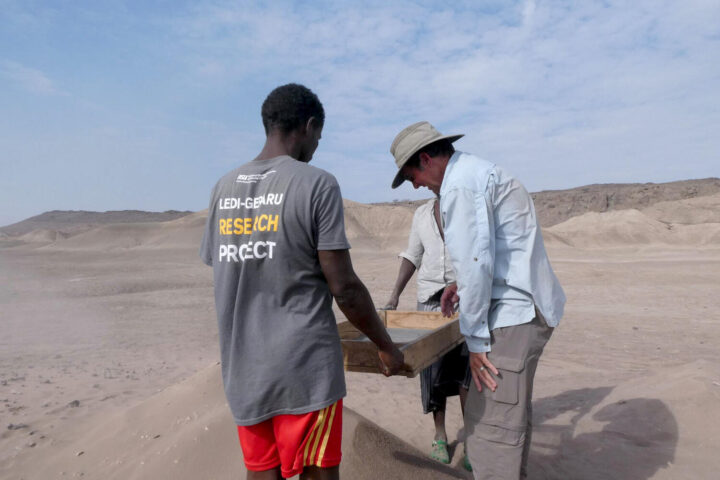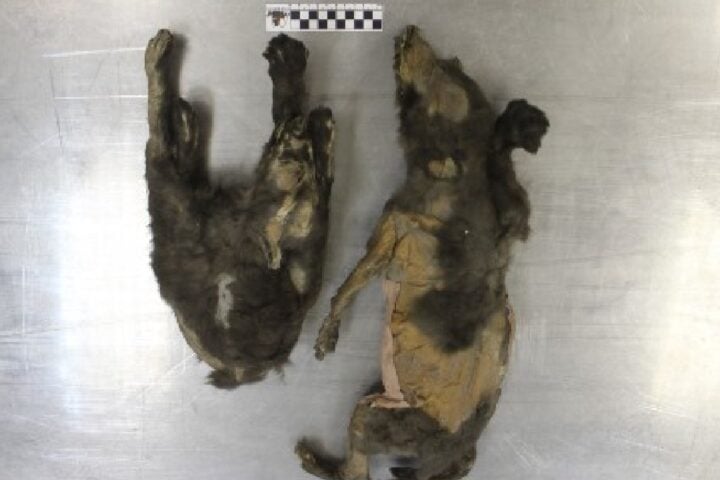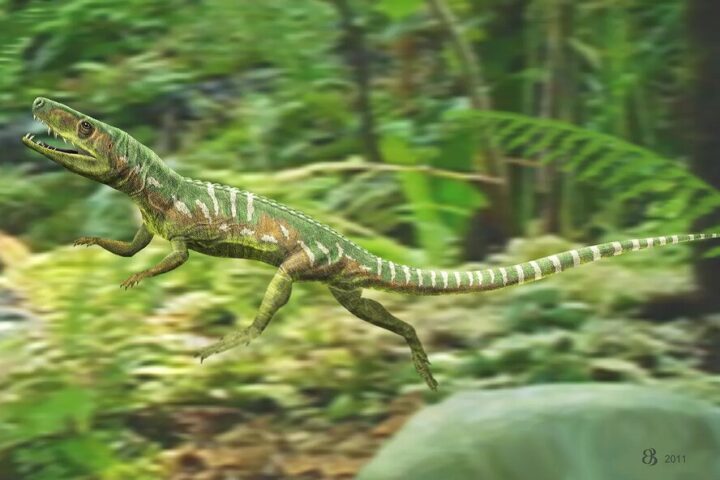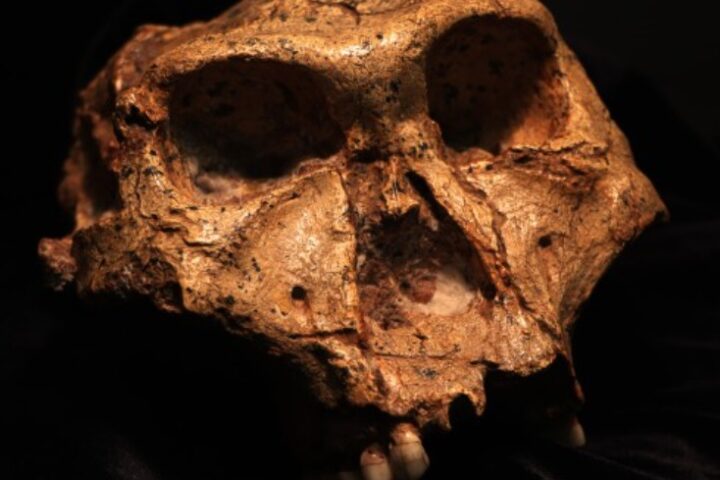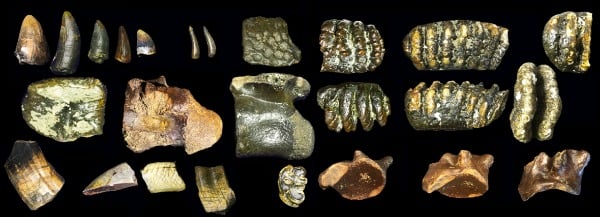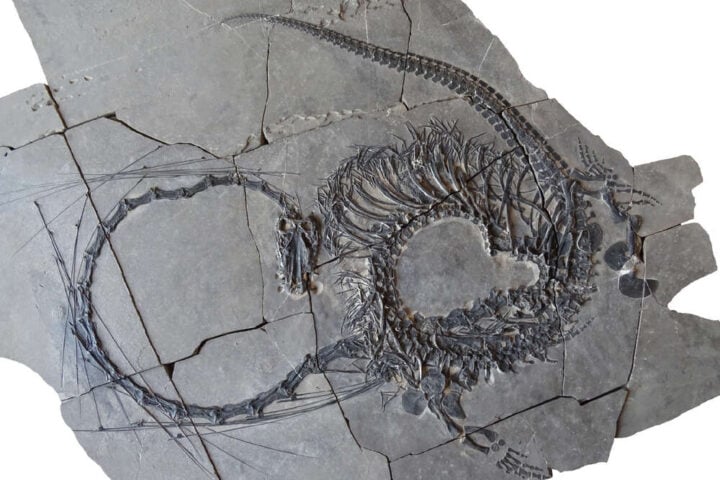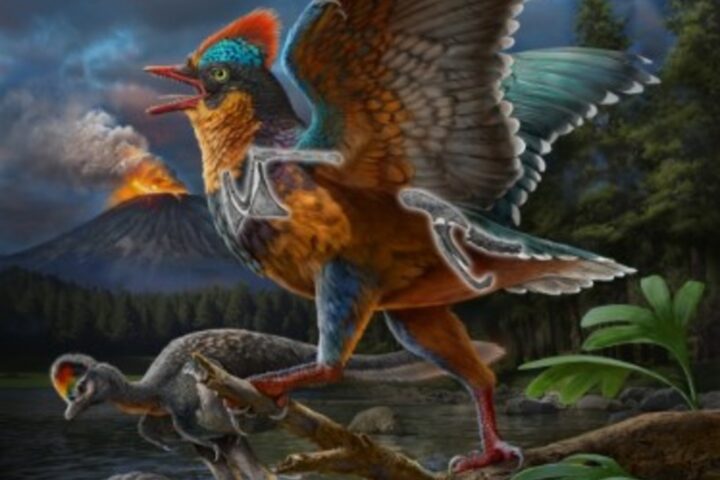A remarkable fossil site in Canada has revealed one of history’s greatest dinosaur tragedies, where thousands of creatures died in a single catastrophic event 72 million years ago.
Scientists working at Pipestone Creek in Alberta have uncovered what they’re calling the “River of Death” – a mass grave containing the remains of an estimated 10,000 dinosaurs. The bones belong to Pachyrhinosaurus, a relative of the more famous Triceratops.
“There are upwards of 10,000 individuals preserved here,” explains Professor Emily Bamforth, a paleontologist at the Philip J. Currie Dinosaur Museum. “It’s one of the densest bone beds in North America – we’re talking 100 to 300 bones per square metre, and the site stretches back into the hill for at least a square kilometre.”
Frozen in Time
What makes this discovery particularly valuable is that all these animals died simultaneously. The fossils include dinosaurs of all ages – from babies to adults – suggesting an entire herd perished together.
The leading theory is that a massive flash flood, possibly triggered by a hurricane or monsoon, caught the dinosaurs during their seasonal migration northward for summer feeding grounds.
“These animals are not able to move very fast because of their sheer numbers, and they’re very top heavy – and really not very good at swimming at all,” notes Prof. Bamforth.
Evidence supporting the flood theory includes the jumbled arrangement of bones and swirling patterns found in the surrounding rock layers, indicating powerful water currents.
Similar Posts
Walking With Dinosaurs Returns
This extraordinary prehistoric event will feature prominently in the BBC’s revival of “Walking With Dinosaurs,” set to premiere on May 25, 2025 in the UK. The original series, which aired in 1999, became a global phenomenon watched by 700 million viewers.
The new six-part series uses cutting-edge visual effects to bring these ancient creatures to life. Each episode follows an individual dinosaur’s story, including the Pachyrhinosaurus that perished at Pipestone Creek.
“We wanted to bring back Walking With Dinosaurs and tap into that nostalgia, legacy, and all the things that made the series so brilliant, but also completely reimagine it,” explains showrunner Kirsty Wilson.
Science Transforms Our View of Dinosaurs
The series reflects major scientific advances in our understanding of dinosaurs over the past 25 years.
One surprise for viewers will be the appearance of Tyrannosaurus rex with lips covering its teeth – contrary to popular depictions like those in “Jurassic Park” but now considered scientifically accurate.
Many dinosaurs will also appear with colorful features rather than the standard browns and greens of previous portrayals. “In the natural world we see a vast array of very bright colours,” says Wigfield, assistant producer. “We have Albertosaurus – terrifying predators – with pink eyebrows.”
The show also depicts many dinosaurs with feathers, reflecting discoveries that have transformed our understanding of how these animals looked.
Research Goldmine
For scientists, the Pipestone Creek site represents what Prof. Bamforth calls “paleo gold” – an extraordinarily rare opportunity to study an entire community of a single species from one moment in time.
While most known dinosaur species are described from just a single specimen, the thousands of Pachyrhinosaurus bones here allow researchers to understand growth patterns, population structure, and individual variations within the species.
“Every year we discover something new about the species,” says Prof. Bamforth. “That’s why we keep coming back.”
The excavation itself is labor-intensive, requiring both brute force to break through rock layers and delicate precision to extract the fossils without damage. The collected bones are then taken to the Philip J. Currie Dinosaur Museum for cleaning and analysis.

To date, the museum team has collected 8,000 dinosaur bones from the site, but they’ve only scratched the surface of what lies beneath. With the bone bed extending a kilometer into the hillside, excavations will likely continue for over a century.
For scientists and viewers alike, these ancient remains continue to provide fresh insights into life during the age of dinosaurs, revealing not just how they looked, but how they lived – and in the case of the Pipestone Creek herd, how they died.



